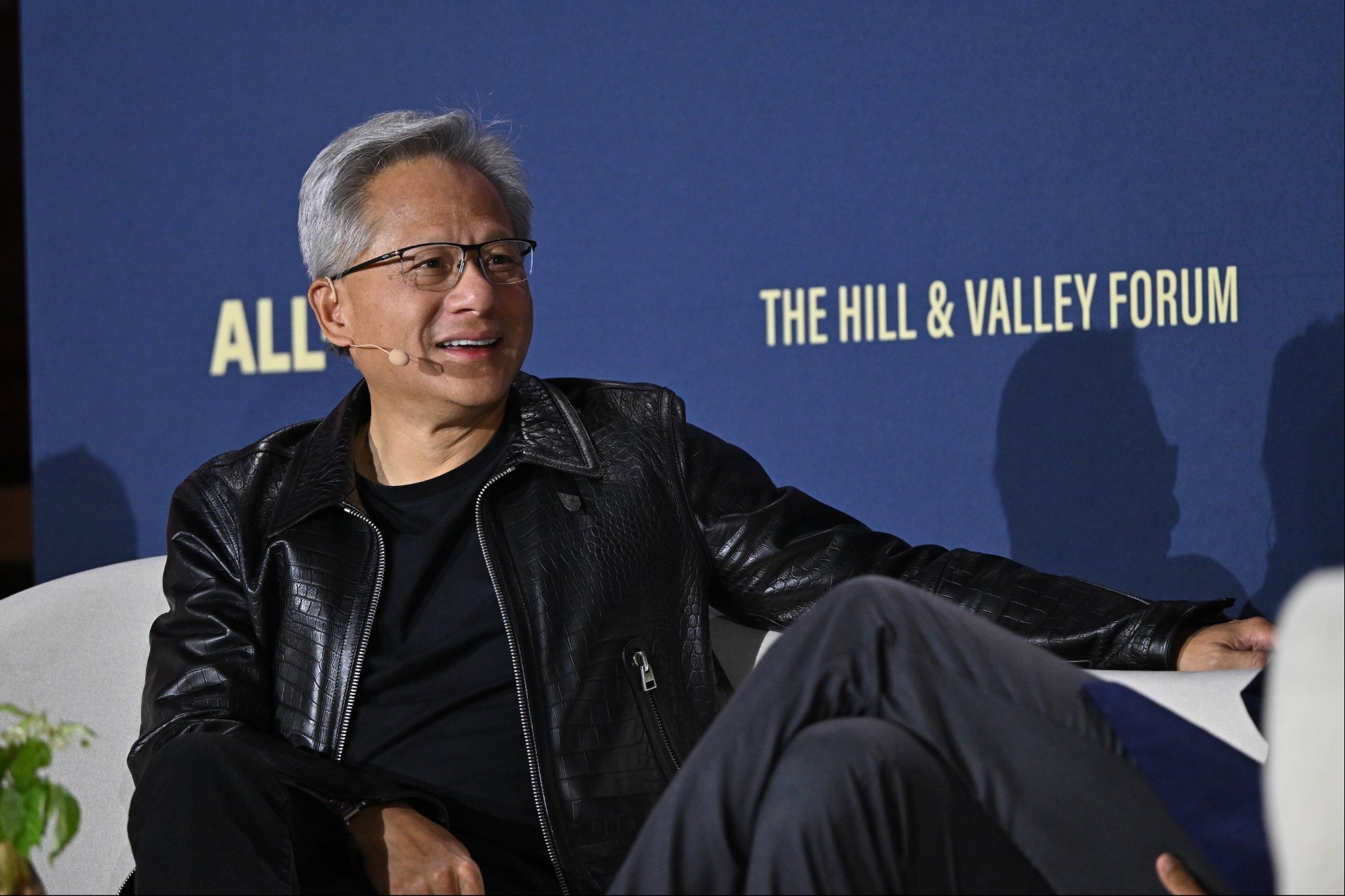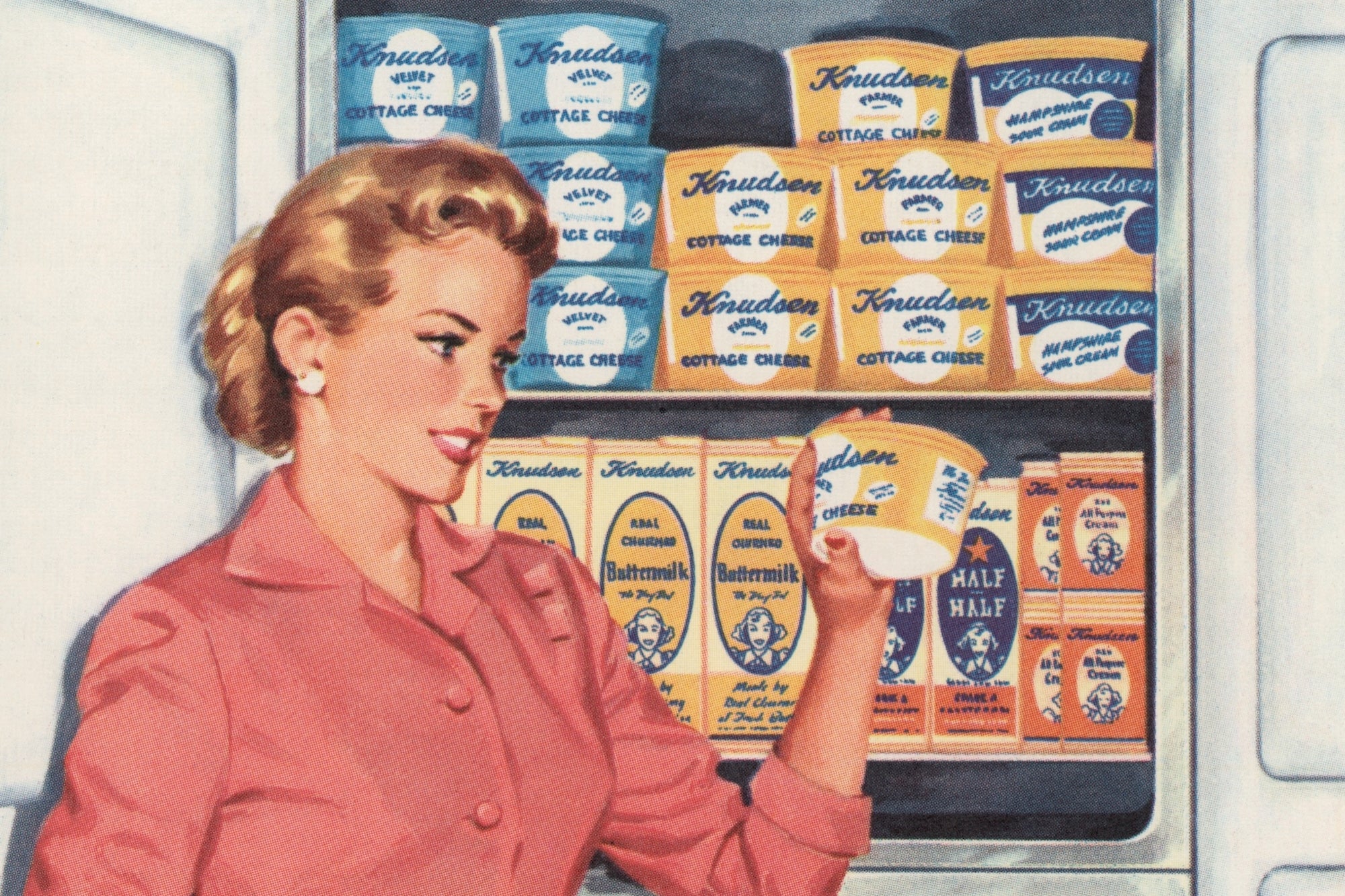How to Train Your Brain to Multitask Effectively Three techniques to help you overcome distractions and increase your productivity.
Opinions expressed by BIZ Experiences contributors are their own.

When you run a small business or startup, everything and everyone demands your attention. Constant distractions are part of the job, but they interrupt your focus. By learning how to multitask effectively amid all those distractions, you can stay on top of your work and increase your productivity.
'Effective multitasking' is sort of an oxymoron. "The human brain doesn't really multitask," says Art Markman, cognitive psychologist and author of Smart Thinking (Perigee, 2012). "What the human brain does is what I call time-sharing."
Time-sharing works like this: Your brain can only actively think about one task at a time, so you focus on one task, then another takes its place, just like vacationers occupying a timeshare property. The shift is so fast you don't even notice that you're only doing one thing at once. You feel like you're multitasking, but you are actually time-sharing.
Most of us assume we're pretty good at multitasking, but we may be deceived. "You are your own worst judge of how good a multitasker you are," Markman says. That's because the same areas of the brain that monitor your performance are also the areas activated by multitasking. You simply have less bandwidth to evaluate your performance correctly.
Related: The Truth About Multitasking: How Your Brain Processes Information
In order to produce high quality work in a chaotic, distraction-filled office, you need to help your brain handle all that input at once. Try these three techniques to help you work effectively when you have to multitask:
1. Work on related tasks together.
When you work on a task, your brain activates all the circuits and neurons related to that task. When you switch to a new task, your brain has to adjust. The shift happens quickly, but it takes a toll on your memory, focus, and productivity. "The more times you switch, the more times you have to keep changing the state of your brain," Markman says. "You're losing time."
If you need to multitask, then minimize the switching cost by bundling related tasks together. The more similar they are, the easier it will be for you to move fluidly between them.
2. Keep your to-do list visible.
If you work in a chaotic office, create systems to ensure that important tasks or long term projects don't slip through the cracks. "In a multitask environment, workflow is being driven by the environment, rather than being internally driven," Markman says. "In a very real sense, the squeaky wheel gets the grease."
To stay on top of your work, remind yourself what really needs to get done. Post your to do list in a prominent spot and rank it by priority. Color code or bold the most important tasks and make sure you set aside enough time to address them.
3. Use downtime to review new information.
One of the dangers of multitasking is that it gets in the way of your memory. "You interfere with the process of acquiring information," Markman says. When you try to recall what you learned during a client meeting or brainstorm, you're more likely to draw a blank.
If you have to skim an important document during a busy workday, take time to review it later that day. Reread it while you walk between meetings or commute home, and explain it back to yourself to make sure you understand it. "You'll have a much better chance of solidifying it in memory," Markman says.










